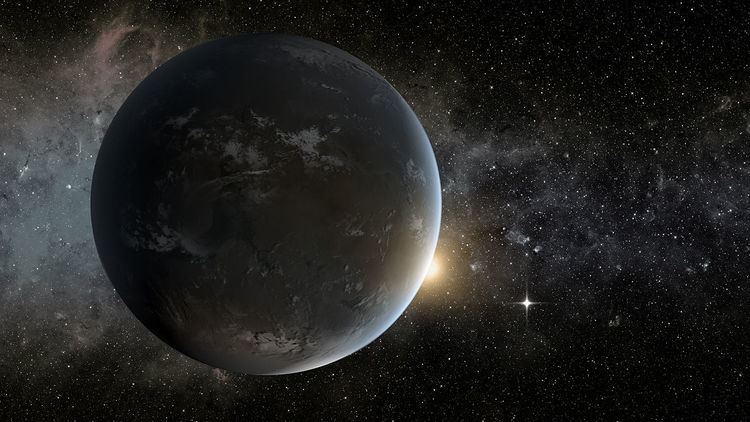Discovered by Pan-STARRS (F51) MPC designation 2011 BT15 Observation arc 2395 days (6.56 yr) Absolute magnitude 21.8 Asteroid group Apollo asteroid | Discovery date 24 January 2011 Minor planet category Apollo NEO,
PHA Discovered 24 January 2011 Discoverer Pan-STARRS | |
 | ||
Aphelion 1.6868 AU (252.34 Gm) (Q) Similar 2013 YP139, Nova Centauri 2013, 2012 YQ1, 2013 TV135, (285263) 1998 QE2 | ||
2011 BT15 (also written 2011 BT15) is an Apollo near-Earth asteroid and potentially hazardous object. In 2013 it had the 5th highest impact threat on the Palermo Technical Impact Hazard Scale. It was discovered on 24 January 2011 by Pan-STARRS at an apparent magnitude of 22 using a 1.8-meter (71 in) Ritchey–Chrétien telescope. It has an estimated diameter of 150 meters (490 ft). It was removed from the Sentry Risk Table on 17 June 2013.
Before the 2013 recovery it had an observation arc of 41 days with an uncertainty parameter of 7. Due to precovery images from 2007 it now has an observation arc of more than 5 years. It makes close approaches to Earth and Mars. While listed on the Sentry Risk Table, virtual clones of the asteroid that fit the uncertainty region in the known trajectory showed a 1 in 71,000 chance that the asteroid could impact Earth on 5 January 2080. With a 2080 Palermo Technical Scale of −3.58, the odds of impact by 2011 BT15 in 2080 were about 3800 times less than the background hazard level of Earth impacts which is defined as the average risk posed by objects of the same size or larger over the years until the date of the potential impact. JPL Horizons shows that the nominal pass will be on 17 January 2080 at a distance of 0.125 AU (18,700,000 km; 11,600,000 mi) from Earth. 2011 BT15 passed 0.03222 AU (4,820,000 km; 2,995,000 mi) from Earth on 28 December 2013. The December 2013 passage was studied by the Goldstone Deep Space Network and further refined the orbit.
